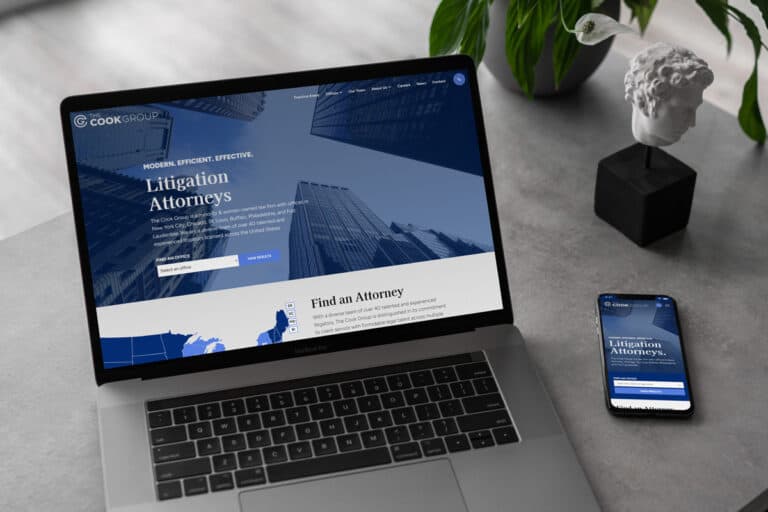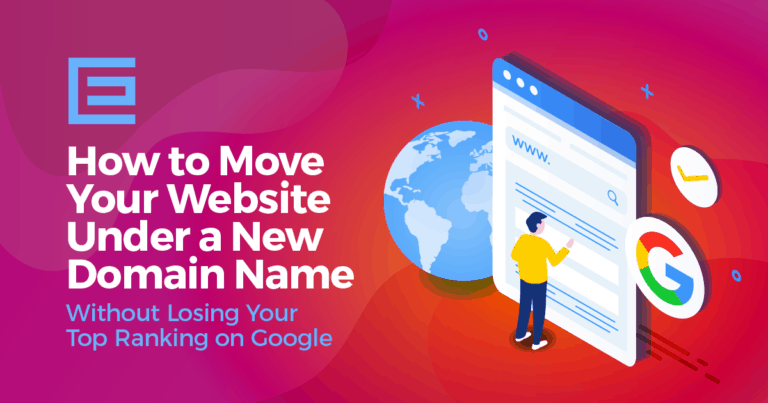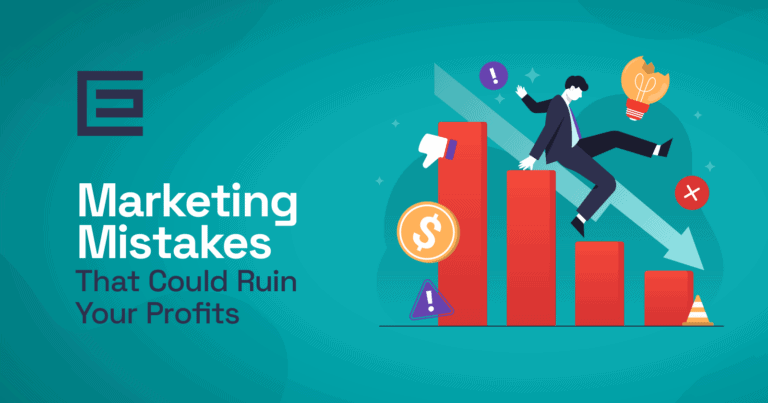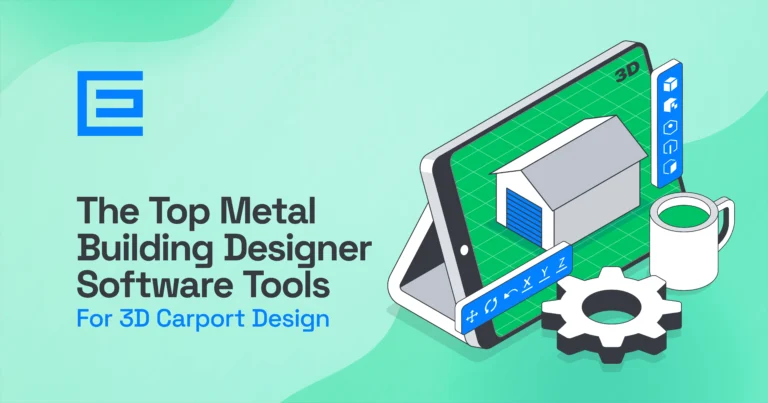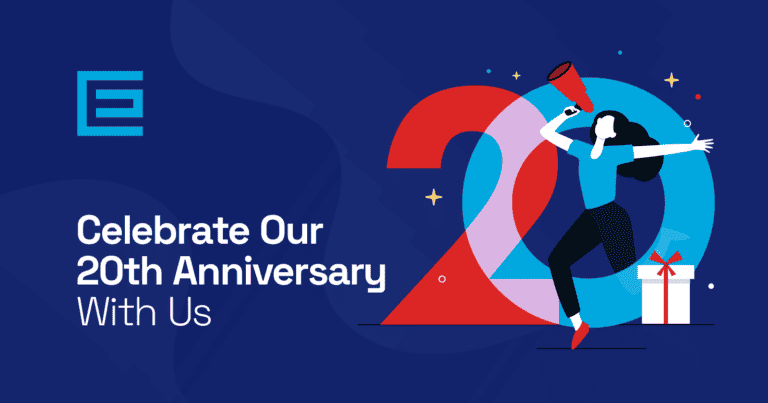A well-designed website can significantly impact user experience, conversions, and overall business success. But what to do and how to do it properly can be overwhelming if you’re not a web designer or an expert in the field. We’ve broken down some of our top 10 web design mistakes and how to avoid them:
1. Cluttered Layout
Mistake: Trying to include too much information or too many elements on a single page.
Solution: Aim for simplicity. Use white space effectively to allow breathing room for content. Prioritize information by using clear hierarchy and visual cues to guide users.
2. Non-Responsive Design
Mistake: Creating a website that doesn’t adapt well to mobile devices and different screen sizes.
Solution: Implement responsive design from the start. Use flexible grids and media queries to ensure your site looks great and functions smoothly on all devices: mobile, tablet, laptop and desktop. And be sure to keep in mind your target audience! If most of your users are mobile-first, you need to be, too.
3. Poor Navigation
Mistake: Confusing menus, unclear CTAs (calls-to-action), or too many navigation options.
Solution: Keep navigation intuitive and straightforward. Use clear, concise labels and limit the number of items in the main navigation. Breadcrumbs and a search bar can also help users find what they need quickly. Keep it simple.
4. Slow Load Times
Mistake: Using large images, videos, or unoptimized code, leading to slow page loading times.
Solution: Optimize images, use lazy loading techniques, and reduce the use of heavy scripts. Compress CSS and JavaScript files and leverage browser caching to enhance page load speed. If you use WordPress, there are many great plugins available to help you optimize your images. Our top suggestions are Short Pixel Adaptive Images and reSmush.it.
5. Inconsistent Design
Mistake: Using too many fonts, colors, and styles, resulting in a visually disjointed user experience.
Solution: Stick to a cohesive color palette and a limited number of fonts and styles across the website. Consistency in design elements helps build brand identity and improves the user experience. If design isn’t something you are comfortable with, this is when you may want to use the skills of an agency like TheeDigital, or look for some pre-made templates if using WordPress, Shopify or any of the other website builders out there.
6. Not Optimizing for SEO
Mistake: Ignoring on-page SEO, such as missing meta tags, alt text for images, or poor URL structures.
Solution: Ensure your website follows best SEO practices. Use relevant keywords in headings, titles, meta descriptions, and image alt tags. Create SEO-friendly URLs and optimize content for search engines without sacrificing user experience. Try using any of the popular WordPress SEO plugins such as RankMath or Yoast to give you some guidelines and tips.
7. Poor Readability
Mistake: Using small fonts, poor contrast, or complex language, making content hard to read.
Solution: Use readable fonts and ensure proper contrast between text and background. Break up content with headers, bullet points, and short paragraphs. Write in a clear, concise manner to engage your audience effectively.
8. Overuse of Pop-ups
Mistake: Bombarding users with too many pop-ups, leading to frustration and high bounce rates.
Solution: Limit the use of pop-ups to strategic moments, such as exit-intent or after a certain amount of time on the site. Ensure that pop-ups are easy to close and do not disrupt the user experience.
9. Ignoring Accessibility
Mistake: Not designing your website to be accessible to users with disabilities.
Solution: Follow accessibility guidelines, such as providing text alternatives for images, ensuring keyboard navigation, and using semantic HTML. Test your site with accessibility tools to ensure compliance with standards like WCAG 2.1.
10. Neglecting Contact Information
Mistake: Hiding or making it difficult for users to find contact information or a way to get in touch.
Solution: Always include a clearly visible contact section. Place your contact info in the header or footer and consider adding a contact form or live chat feature to encourage communication. Leads are vital to your success, so ensuring this information is front and center is key.
Need Help Avoiding These Website Design Mistakes?
Contact the design team at TheeDigital.com to help you build a website using best practices and using their expertise to ensure your site is strong from the start!
Tags: Web Design
